Lockheed Martin's New Mako Hypersonic Missile Breaks Cover - Naval News
"Mako: A Game-Changing Hypersonic Missile for the US Military"
The Lockheed Martin and CoAspire collaboration has unveiled the Mako, a previously unseen air-launched hypersonic missile, pitched to the US Navy and Air Force. The Mako missile boasts a top speed exceeding Mach 5, making it a potential game-changer for the US military. With its versatility, survivability, and affordability, the Mako can hold numerous targets at risk and is ready for deployment. The missile's compatibility with a wide range of aircraft, including the F-35 Lightning II, and its potential for integration into submarines and surface warships, make it a significant addition to the US military arsenal.
“For the US Navy, this is a multi-mission, highly capable system, highly survivable, affordable, so you’re going to hold many targets at risk with one weapons system that’s ready now,” Rick Loy, Senior Program Manager at the company’s Missile and Fire Control division told Naval News.
Mako, the name derived from the fastest shark in the sea, is being pitched to the U.S. Navy by Lockheed Martin for its speed, affordability, and targeting versatility to hold many targets at risk.
According to Lockheed Martin officials, this is the first time the hypersonic has been publicly displayed since the beginning of its development over seven years ago. A graphic played by the company at the CoAspire booth shows what seems to be a U.S. Air Force F-35A launching six of the hypersonic missiles in quick succession from both external and internal mounts.
Despite Mako’s design, Loy stated that this system was not aimed at the U.S. Navy’s Hypersonic Air Launched Offensive (HALO) Anti-Surface program, which aims to bring a high-end anti-ship capability to the service’s Super Hornets.
Instead, the Mako was originally Lockheed Martin’s offer for the U.S. Air Force’s Stand In Attack Weapon (SiAW) program, which aimed to provide aircraft the ability to strike against adversary assets that make up an anti-access/area denial network. Targets listed in budgetary documents include missile and air-defense systems, the latter of which Loy specified in his explanation of Mako’s multi-mission targeting.
While Lockheed Martin received several contracts over the years from the SiAW programs, such as a $18 million contract last February, Northrop Grumman ultimately won the program in a $705 million contract last year. It should be noted that Northrop Grumman’s submission is reportedly based on their work with the Navy’s Advanced Anti-Radiation Guided Missile – Extended Range (AARGM-ER) program. Given this baseline, SiAW is expected to reach out to at least 300-350 kilometers.
Despite being unveiled, many aspects of Mako could not be disclosed by Loy to Naval News. Its guidance could not be specified outside of “multiple guidance methods” and “electronic packages.” What was disclosed was that the system would be at least Mach 5 and that the concept missile being shown off at SAS 2024 was the same one used for fit checks on aircraft. Loy confirmed that Mako has been fit-checked, first electronically and then with the model on various fighter jets and maritime patrol aircraft. According to Loy, the Mako is “compatible with any aircraft that has 30-inch lugs,” using the widely used BRU-32 heavy-duty ejector rack as an example.
The Mako shown off at SAS was put onto F-35, F-22, F-16, F-15, F-18, and a Navy P-8. Loy also confirmed that the system could be placed internally into an F-35, with one per bay. Likewise, as seen through their pitch to the US Navy at SAS 2024, Mako can be deployed from aircraft launched from carriers. Loy further stated that “there is nothing precluding the launch of this weapon from surface, ground, or even sub-surface like other weapons,” hinting at the possibility for Mako’s future launch platforms beyond aircraft.
“The world is interested in hypersonic capability and we are interested in providing it to them,” Loy said in regards to the possibility of other customers outside the U.S.
It should be noted that while the specifics on why Lockheed Martin
partnered with CoAspire on Mako, the latter’s website states that
CoAspire “has a hypersonic missile solution accepted by the US Navy
and placed in an Other Transaction Opportunity (OTA) basket – a contract
vehicle, for future consideration by the service for funding.” CoAspire’s website stated that this “solution also leverages previous work by a major defense company.”
When asked about where Mako will go, Loy highlighted that their showing at SAS 2024 aims to garner interest and continue its development. However, Mako is “ready to fly, ready now, and is ready to go in scale and into production quickly.”
Lockheed Martin recently unveiled the Mako, a previously unseen air-launched hypersonic missile, which it is pitching to the U.S. Navy and Air Force. The weapon, which was originally developed for the Air Force’s Stand-in Attack Weapon (SiAW) program, reflects the growing interest in more affordable hypersonic strike weapons, smaller than hypersonic cruise missiles but still offering a degree of standoff range and very rapid response. The company also sees potential scope for the Mako to arm submarines and surface warships.
TWZ’s Jamie Hunter spoke to Lockheed Martin’s Rob Osterhoud all about the missile at the Navy League’s Sea Air Space exposition in Maryland earlier this week.
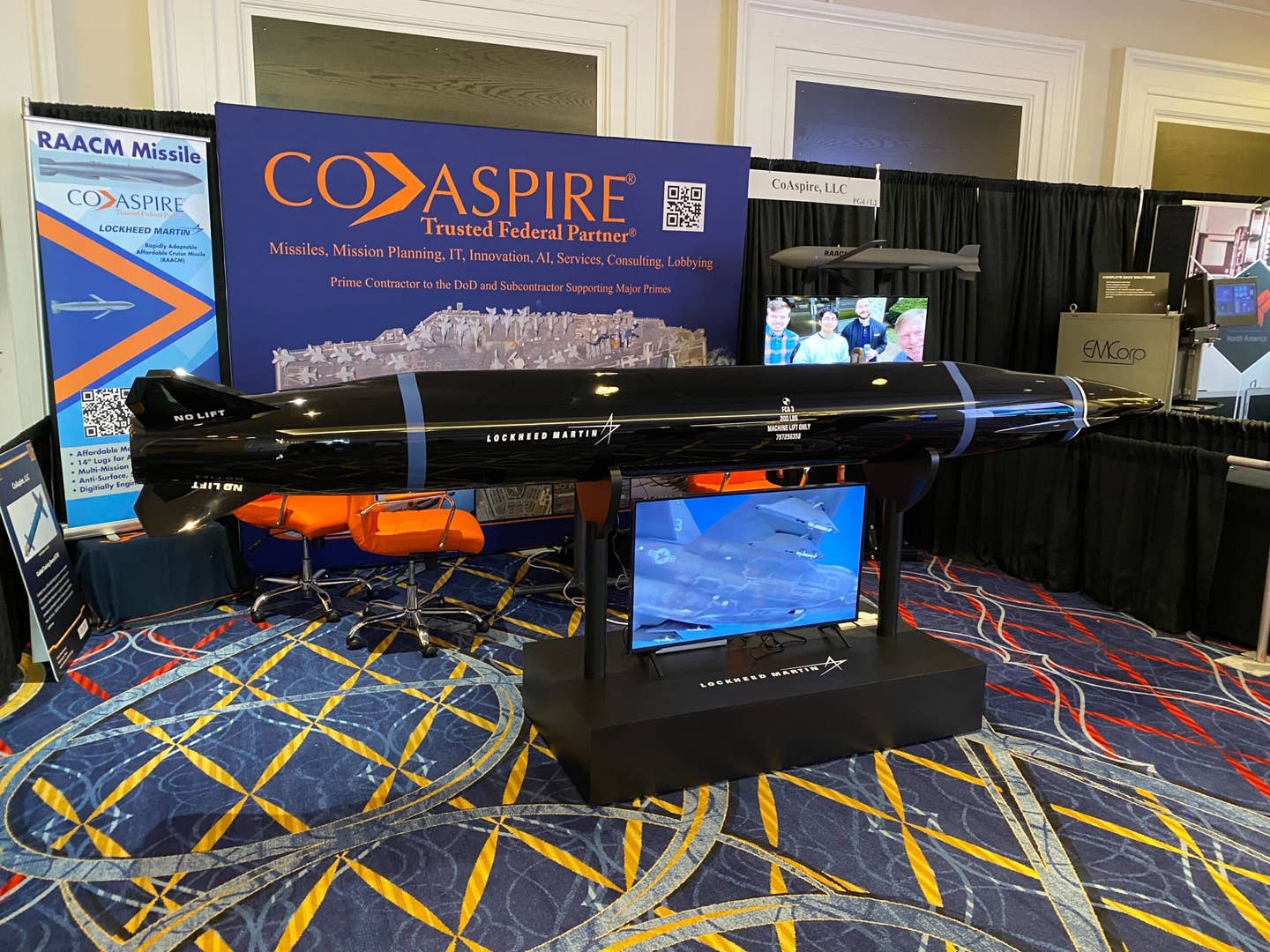
Osterhoudt described the Mako, which is powered by a solid-fuel rocket motor, as “the missile of 13s.” This reflects the missile’s dimensions — 13 feet long and 13 inches in diameter — as well as its weight of 1,300 pounds, including a 130-pound warhead. Osterhoudt also confirmed that this is a hypersonic weapon — indicating that it can reach a speed of at least Mach 5, although he declined to describe the type of flight profile the missile uses.
The versatility of the missile means it’s suitable for engaging a range of targets in roles that include anti-surface warfare, land attack, and destruction of enemy air defenses.
In a maritime warfare context, Osterhoudt considers the Mako “definitely useful for taking out enemy surface combatants,” but he was unwilling to talk about the missile’s range. Nevertheless, the Mako offers an employment envelope “that allows us to get a target and yet operate in an area of some safety.” That said, Osterhoudt confirmed that its range is not in the same category as a cruise missile like the Hypersonic Air-Launched Offensive Anti-Surface Warfare (HALO) — which is optimized for anti-ship missions — or the much larger AGM-183A Air-Launched Rapid Response Weapon (ARRW), a ballistic-missile that sports a hypersonic boost-glide vehicle.
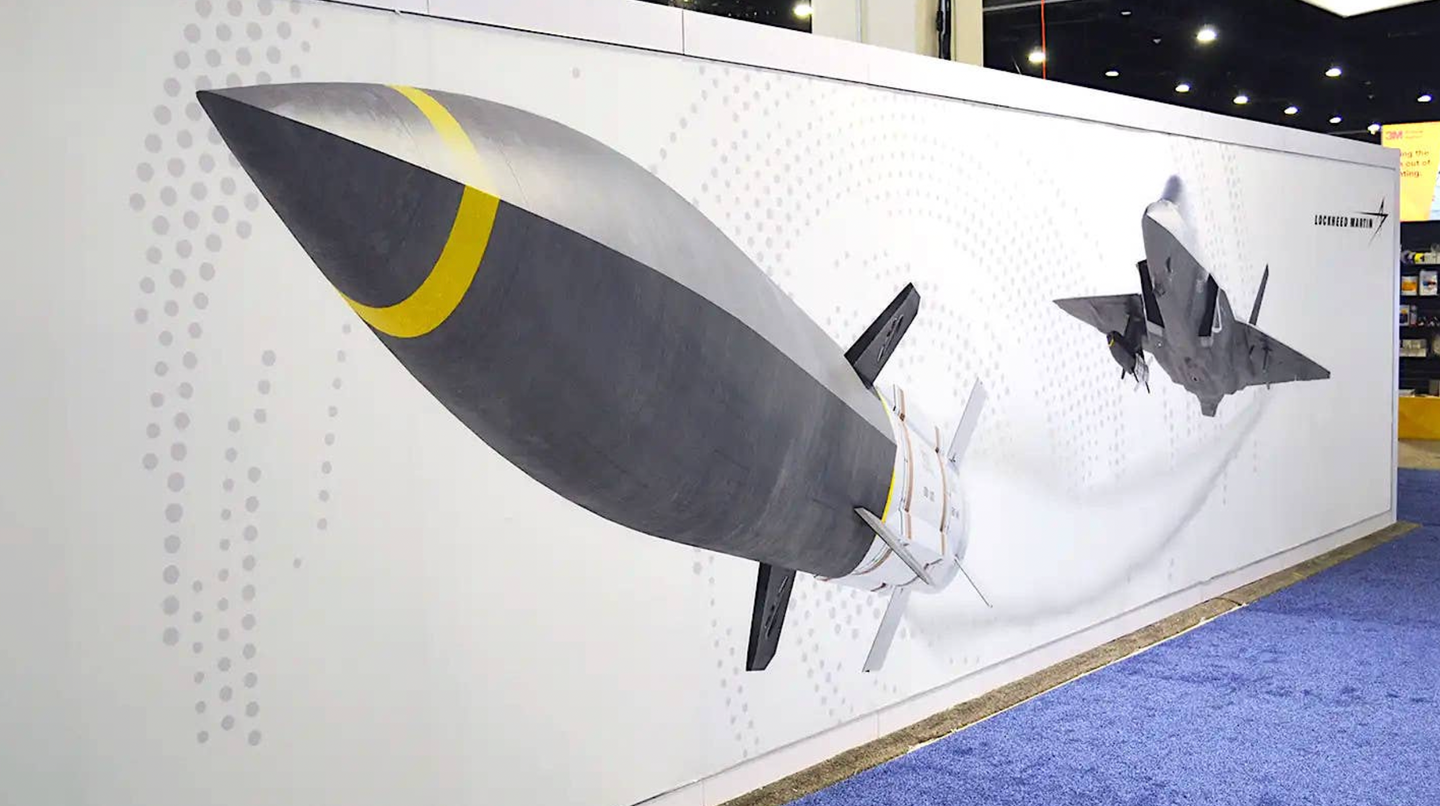
The Mako is designed for carriage by a range of tactical aircraft, namely the F/A-18E/F Super Hornet, EA-18G Growler, all three versions of the F-35 Lightning II stealth fighter, F-22 Raptor, and F-16 Fighting Falcon.
In the case of the F-35A and C, the Mako can be carried internally. When arming the F-35B (as well as the F-22), it will be carried on external pylons due to the smaller weapons bays on those aircraft.
Other possible air-launched applications include the P-8A Poseidon maritime patrol and surveillance aircraft. The potential for the P-8A to take on more offensive missions, including standoff land attack, which the Mako can also provide, is something TWZ has explored in the past.
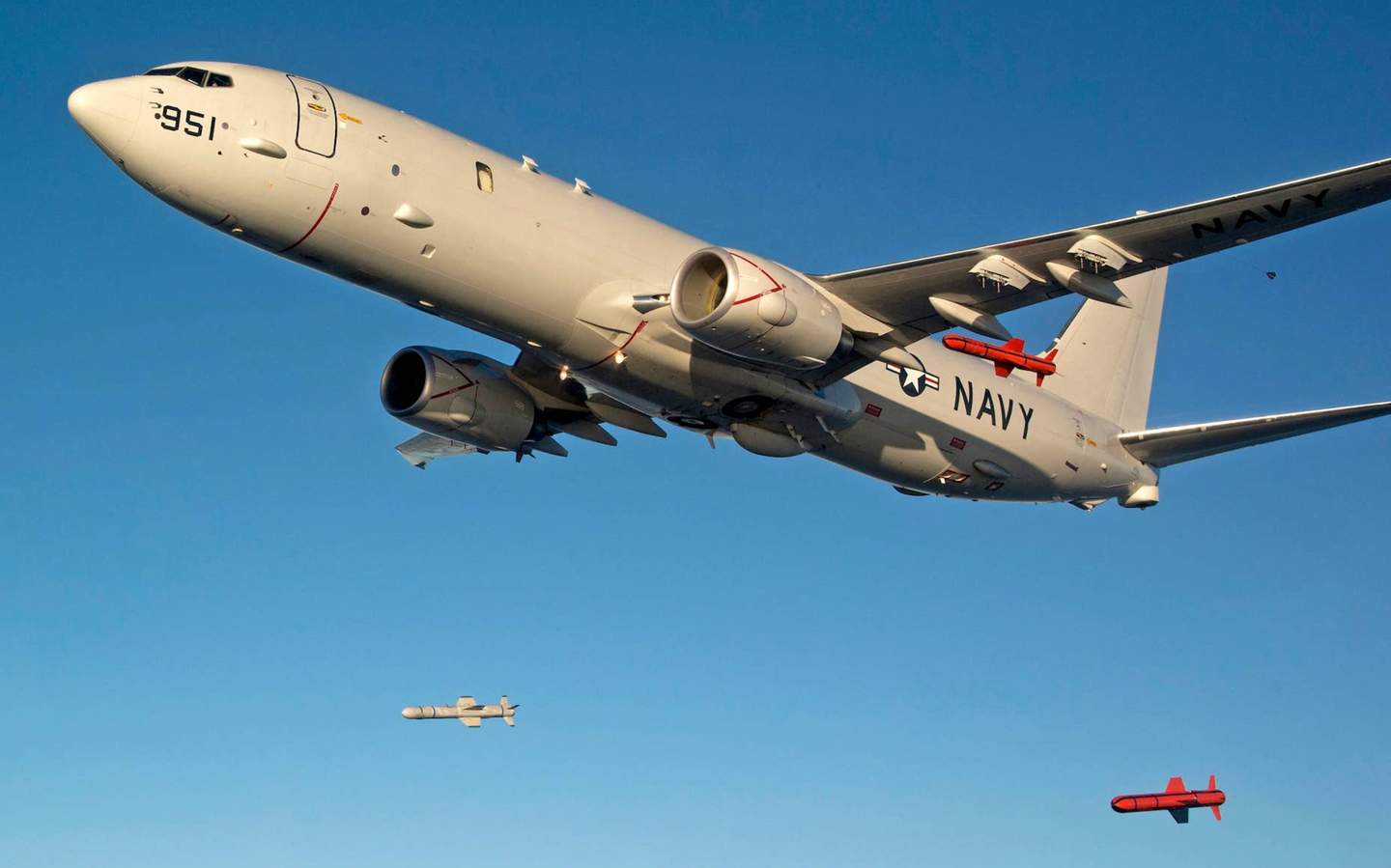
The Mako shown at Sea Air Space was a fit-check model, which has already been installed on all of these aircraft types.
Intriguingly, Osterhoudt said that the Mako also offers the possibility to be adapted to arm surface vessels and submarines, being fitted in vertical launch systems (VLS). This would appear to offer a rapid solution to providing these vessels with hypersonic missiles, capable of attacking other ships or even targets on land.
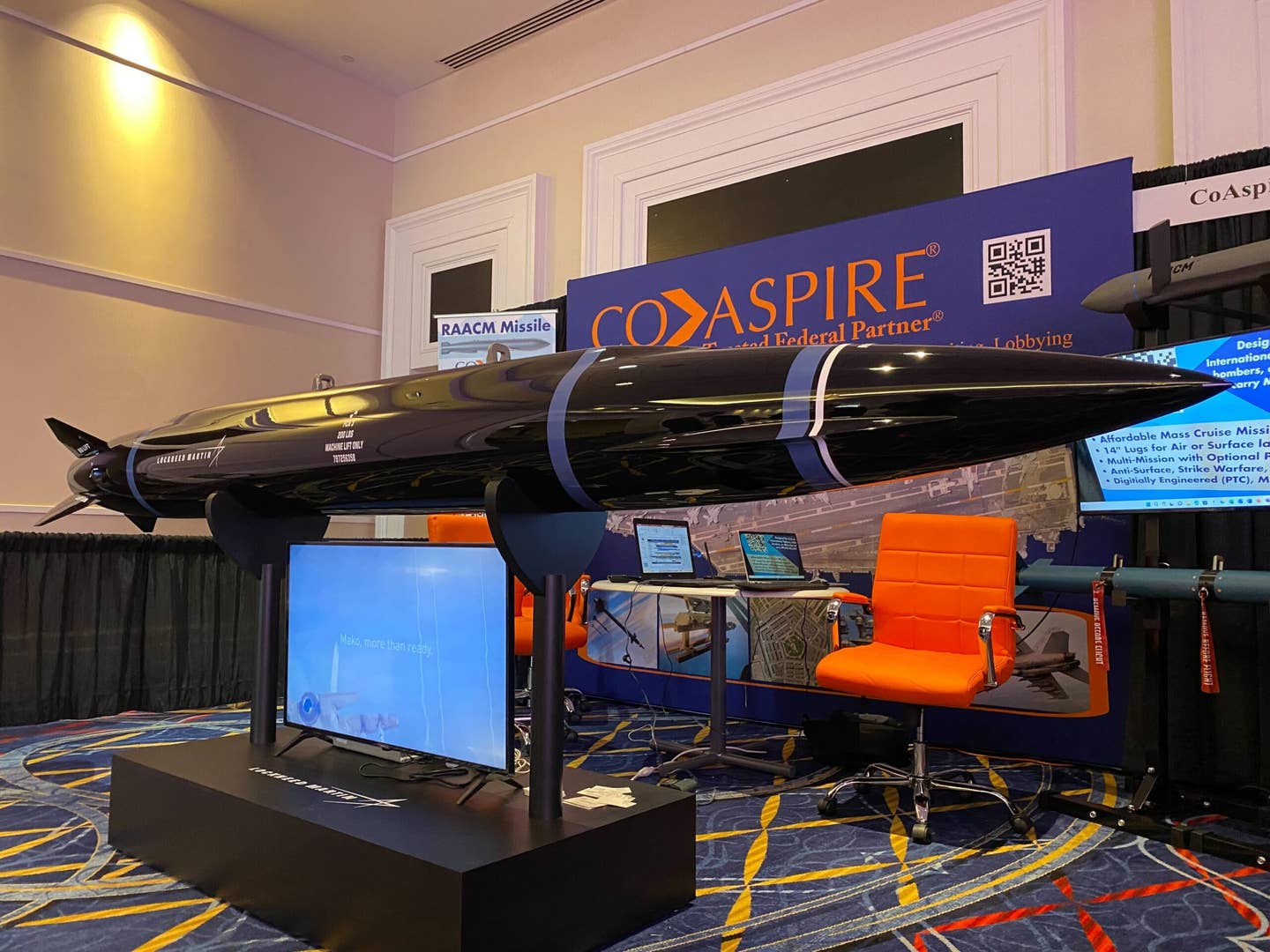
The potential for the Mako to be used on different naval platforms is something that Lockheed has been exploring together with another company, CoAspire, with which it’s partnering on the program.
Osterhoudt explained more about CoAspire’s role: “They’re helping us work with the Navy right now on some potential opportunities that might come forward with regards to putting this into different platforms […] maybe potentially a VLS on a submarine or surface ship. CoAspire helped us, they wrote a white paper, they submitted it, it got picked up for the potential for an OTA, and so we’re using this opportunity to demonstrate what the missile could potentially do to potential customers.”
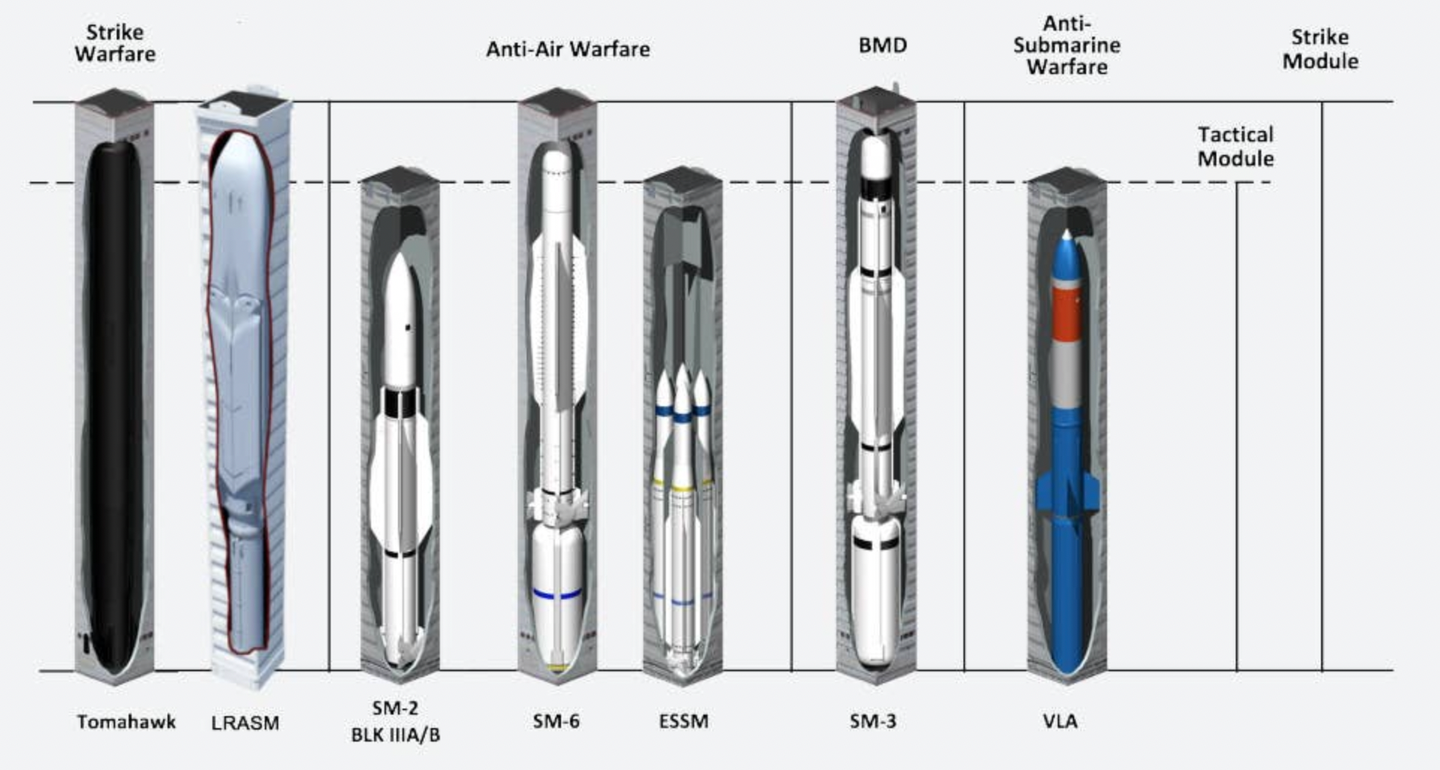
An OTA, or Other Transaction Authority, is Pentagon terminology for a contracting mechanism meant to support rapid prototyping and other research and development work. Typically, an OTA provides a quicker route to R&D without having to deal with the usual draw-out contracting cycles.
“Right now, we’re at a level where we’re looking to take the next steps,” Osterhoudt said of where Lockheed is currently at with the Mako program. “And when I say the next steps, it’s Preliminary Design Review Technology Readiness Level (TR) 6 or above. And so we’re tracking good there. Now we’re looking to take it to the next level and actually find a customer who’s willing to support us, building the missile, and actually demonstrating in flight.”
Osterhoudt was unable to talk about any potential customers, noting only that “there’s always potential.” Should a customer come forward, the level of investment they would provide would dictate the timeline for when we might actually see the Mako missile.
“I think it’s a phenomenal opportunity for the warfighter to put on their platforms,” Osterhoudt concluded, “and it’s something that I think that the DoD writ large can consider.”
It’s worth recalling that work on what’s now known as the Mako has been underway for some years, with the design originally being developed for the Air Force’s SiAW program, a competition that was won by Northrop Grumman last year. Lockheed pulled out of the running before the SiAW contract was awarded.
A video showing the Lockheed Martin proposal for SiAW, revealing its similarity to the Mako:
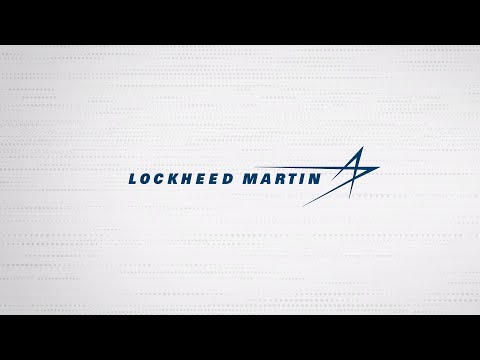
Initially intended to arm the F-35A, including being sized for external carriage, the SiAW “will provide strike capability to defeat rapidly relocatable targets that create the anti-access/area-denial (A2/AD) environment,” the Air Force explained in the past. “the target environment includes theater ballistic missile launchers, land attack and anti-ship cruise missile launchers, GPS jammers, anti-satellite systems, and integrated air defense systems.”
From what we have now learned about the Mako, it would seem to confirm that the SiAW, too, has hypersonic performance.
The Northrop Grumman SiAW is a further development of the AGM-88G Advanced Anti-Radiation Guided Missile Extended Range (AARGM-ER), that is also being adapted for use from ground-based container launchers, which could potentially be placed on surface warships. Another relative of the Northrop AARGM/SiAW is the Advanced Reactive Strike Missile (AReS), a dedicated surface-to-surface derivative. You can read more about these efforts here.
Of course, the Mako will similarly be able to engage many — if not all — of the same targets as SiAW, although it’s now also very obviously aimed at a maritime target set, too. The type of guidance system used in the Mako is unclear, but Lockheed has described it as using “multiple guidance methods,” Naval News reports.
While the Mako heavily leverages earlier Lockheed work on its SiAW offering, it’s clearly pitched to appeal to the Air Force and Navy, and for a wide variety of launch platforms, and could well fill a niche for a more affordable precision-guided, hypersonic standoff weapon.
The dense air defense environments that would be expected in any future confrontation with China or Russia are driving an increasing focus on standoff capabilities. Meanwhile, hypersonic speed better ensures that fleeting or time-sensitive targets can be engaged, with enemy defenses having a much harder time protecting them.
In particular, the Mako could be ideal for short-notice strikes on targets such as mobile air defense systems and mobile ballistic missiles, giving them little, if any time to fire, seek cover, or otherwise relocate. In a maritime context, the targets are much less likely to be able to rapidly reposition but there is a very high chance they will be well protected by multi-layered air defenses which the Mako’s hypersonic speed would have a better chance of penetrating.
While we don’t know what range the Mako will offer, it seems certain that the launch aircraft will be able to fire it from outside the engagement zone of at least short- and medium-range air defense systems.
Returning to the cost factor, it’s unclear what a single Mako round would cost, but the weapon is being billed as an affordable one. Its use of a solid-fuel rocket motor rather than a more exotic propulsion unit will certainly help to make it cheaper than air-launched hypersonic cruise missiles, as well as being far more flexible, with the option of launching it from tactical fighters. Based on a promotional video from Lockheed, a single F-35A, for example, would be able to carry six Makos — two internally and four externally. The sheer volume of targets likely in a future conflict with China or Russia makes this a significant issue, something reflected by growing Air Force and Navy interest in much smaller (albeit subsonic) cruise missiles.
There are other hypersonic missiles in the works that will offer similar capabilities to the Mako, namely the aforementioned HALO and the Hypersonic Attack Cruise Missile (HACM). But these are both expected to be more complex air-breathing designs. While they will offer longer range than the Mako, they are not scaled for internal carriage in the F-35A/C, nor do there appear to be proposals, so far, to integrate them on warships or submarines.
It’s worth considering, however, that the Northrop Grumman SiAW — meeting the same requirement to which the Mako evolved from — may well offer very similar capabilities. Presuming that it also flies at hypersonic speed, the SiAW is otherwise also suitable for F-35A/C internal carriage and could be hosted by a range of other platforms, too, including tactical ones. Northrop’s work on containerized launchers for the AARGM-ER, from which SiAW was developed, would suggest that this missile could also be adapted for use from surface vessels, at least. What’s more, it’s already being procured for the U.S. military.
With that in mind, the exact advantages the Lockheed option provides are less clear, but there could be opportunities with foreign customers as well.
Contact the author: thomas@thewarzone.com


No comments:
Post a Comment